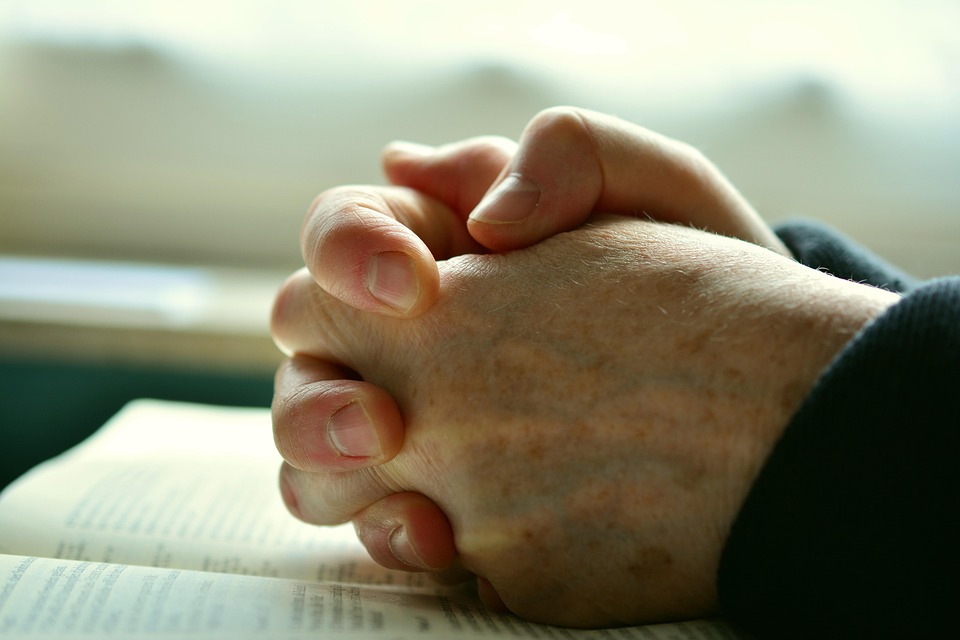In the tumultuous journey of life, humans often find themselves grappling with adversity—be it emotional, spiritual, or physical. The anguish of illness or the shadow of despair can envelop one like a dense fog, obscuring the clarity needed to see beyond present pains. In such moments, prayer emerges as a beacon, a tether to the divine, offering solace and restoration. The sacred texts of the Bible brim with verses that not only speak of healing but also encapsulate the profound interplay between faith and restoration.
Understanding the Nature of Prayer
Prayer, in its essence, is a sacred conversation between the soul and its Creator. It is an act laden with intention—a piecing together of fragmented thoughts into a tapestry of supplication. When one prays for healing, it transcends simple words; it becomes a profound expression of vulnerability and an earnest yearning for divine intervention. This spiritual dialogue serves as both a request for aid and an acknowledgement of a higher power’s influence in one’s life.
Intriguingly, in the Christian perspective, prayer is not merely a mechanism for receiving benediction; it is also an avenue for personal transformation. Engaging in prayer invites a person to recalibrate their understanding of suffering and health. One might argue that to pray is to embrace both the pain of the present and the hope of what is to come. Consider the metaphor of a butterfly emerging from a chrysalis, representing the transformative journey one undergoes through prayer and divine grace.
Biblical Verses as Pillars of Healing
Within the biblical narrative, there resides an abundance of verses that promise healing and restoration. These passages are not merely words printed on the pages of holy scripture; they encapsulate the divine assurances of God’s compassion and mercy. Among these treasures is Jeremiah 30:17: “For I will restore health to you, and your wounds I will heal,” which highlights God’s unwavering commitment to healing His people.
To delve deeper into the biblical riches, consider Exodus 15:26, where the Lord declares, “I am the Lord who heals you.” This proclamation is rooted in the covenant between God and His people, affirming that divine healing is a fundamental characteristic of His nature. Here lies a profound metaphor: just as a shepherd vigilantly cares for his flock, so too does God tend to our spiritual and physical maladies. This verse encapsulates the intrinsic connection between faith and health, beckoning believers to trust in the healing power inherent in prayer.
Then there is James 5:14-15, which instructs the faithful to anoint the sick with oil and pray for them. This practice serves as a tangible affirmation of faith—a communal act imbued with hope, symbolizing the collective nature of healing. Through this, one can perceive prayer as both a personal and shared endeavor, invoking the presence of the divine not only in solitude but also within the fabric of community.
The Role of Faith in Healing
Faith, it seems, acts as the linchpin in the healing process. It is the quiet assurance that undergirds every whispered prayer for restoration. Mark 5:34 provides an illuminating insight when Jesus tells a suffering woman, “Your faith has healed you. Go in peace and be freed from your suffering.” This passage illuminates the direct correlation between faith and miraculous healing, emphasizing that the act of trusting in God is transformative in itself.
Moreover, the story of the woman with a hemorrhage illustrates the exquisite vulnerability and determination often found in the pursuit of healing. Her decision to approach Jesus amidst a crowded throng offers a compelling metaphor for many believers: sometimes, the path to healing requires boldness and tenacity—a willingness to break through the chaos and grasp onto hope.
Healing Through Community and Support
Healing is not a solitary journey. Within the body of Christ, believers are called to bear one another’s burdens, as articulated in Galatians 6:2. This collective grace fosters an environment where prayer flourishes, allowing individuals to draw strength from the faith of others. The power of communal prayer is encapsulated in Matthew 18:20: “For where two or three gather in my name, there am I with them.” Here, the notion of gathering symbolizes not only a physical coming together but also an emotional and spiritual solidarity in the quest for healing.
This interdependence underscores a profound truth about the healing process: it nurtures an atmosphere conducive to personal and communal restoration. Just as iron sharpens iron, support from fellow believers can catalyze one’s journey toward wholeness. Each prayer uttered in faith acts as a thread, weaving a fabric of hope and resilience that envelops the suffering. In this tapestry, each stitch represents a collective petition, echoing the unyielding love of Christ.
Conclusion: Embracing the Journey of Healing
Ultimately, prayer serves as a conduit for healing and restoration—a luminous promise threaded throughout the fabric of scripture. As believers navigate the diverse landscapes of their lives, they are beckoned to engage in this sacred dialogue, trusting that God’s healing touch is ever near. Though the path to restoration may be fraught with challenges, hope remains steadfast in the assurance of God’s promises. In embracing the power of prayer, individuals can find solace in both their struggles and victories, emerging transformed, much like the butterfly that rises from the chrysalis, destined for flight. Through prayer, the weary heart rejuvenates, and the soul finds peace—a resounding testament to the boundless grace that flows from the Divine. In every prayer for healing, there exists an invitation to journey towards wholeness, embraced by the ever-present love of God.



